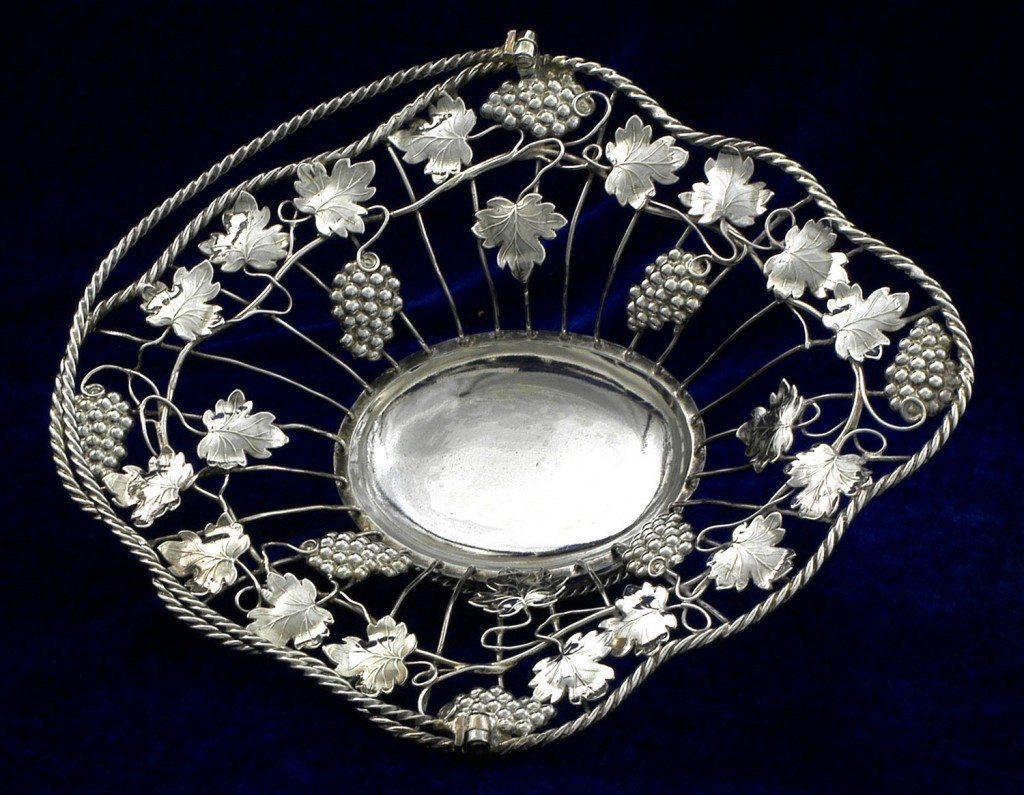Matthew Boulton and Silver Making
Image: Sweetmeat Basket, Boulton & Fothergill, 1774
This basket was possibly designed by Robert Adam. The body is made from wire supporting stamped repeated ornaments of grapes and vine leaves.
Image from: Birmingham Assay Office.
Working in solid silver, Boulton had to compete with well-known London craftsmen. He turned for inspiration to the vases in the famous collection of Sir William Hamilton, and to Original Designs by the contemporary Italian designer Giovanni Battista Piranesi (1720-1778). Many fine artists were already employed at Soho, but Boulton also obtained designs from leading architects of the time, such as Sir William Chambers (1723-1796), Robert Adam (1728-1792), and James Wyatt (1746-1813). New techniques and classical moulds were adopted to make expensive ornaments for the nobility and cheaper versions for the middle class.
Boulton dominated silver making in Birmingham during the last thirty years of the 18th century. Soho produced a great variety of silver and silver-plated items, ranging from salt cellars to church plate. Silver production reached a peak around 1776-1777 but then slipped, both because it proved unprofitable and because Boulton re-directed his attention to his steam engine business. However, silver and Sheffield plate still remained a staple of the Soho trade.
The Assay Office and hallmarking helped Matthew Boulton to achieve his ambition to become a great silversmith and to earn Birmingham a reputation for style, taste, fashion and quality. This reputation was confirmed by the following generation of fine local craftsmen and their elegant items. Some of them can now be seen and admired in the silver collection of Birmingham Assay Office.
« Previous in this sectionNext in this section »Continue browsing this section
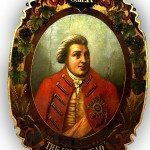 Matthew Boulton and Birmingham Silverware in the late 18th and early 19th centuries
Matthew Boulton and Birmingham Silverware in the late 18th and early 19th centuries
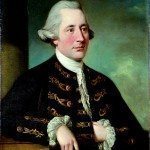 Matthew Boulton and the Formation of Birmingham Assay Office
Matthew Boulton and the Formation of Birmingham Assay Office
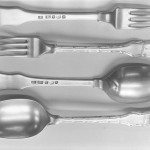 Hallmarking and the Work of Birmingham Assay Office
Hallmarking and the Work of Birmingham Assay Office
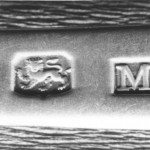 Hallmarking and the Work of Birmingham Assay Office
Hallmarking and the Work of Birmingham Assay Office
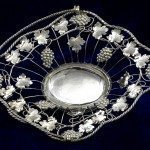 Matthew Boulton and Silver Making
Matthew Boulton and Silver Making
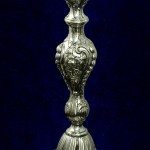 One of a pair of candlesticks, Boulton & Fothergill, 1768
One of a pair of candlesticks, Boulton & Fothergill, 1768
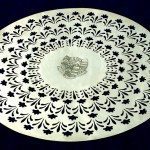 Mazarin, or Fish Strainer, Boulton & Fothergill, 1769
Mazarin, or Fish Strainer, Boulton & Fothergill, 1769
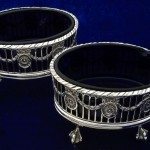 Pair of salts, Boulton & Fothergill, 1773
Pair of salts, Boulton & Fothergill, 1773
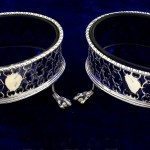 Two of a set of four salts, Boulton & Fothergill, 1776
Two of a set of four salts, Boulton & Fothergill, 1776
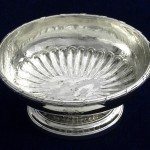 One of a pair Sauce Tureens, Boulton & Fothergill, 1776
One of a pair Sauce Tureens, Boulton & Fothergill, 1776
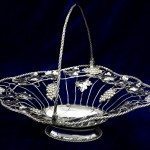 Sweetmeat Basket, Boulton & Fothergill, 1774
Sweetmeat Basket, Boulton & Fothergill, 1774
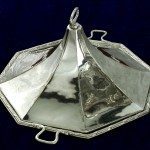 Dish and Cover, Boulton & Fothergill, 1777
Dish and Cover, Boulton & Fothergill, 1777
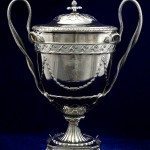 Cup and Cover, Boulton & Fothergill, 1777
Cup and Cover, Boulton & Fothergill, 1777
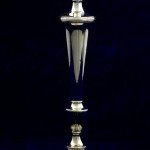 One of a pair of candlesticks, Matthew Boulton, 1789
One of a pair of candlesticks, Matthew Boulton, 1789
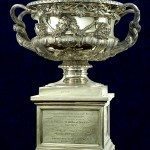 Warwick Vase and Cover, M. Boulton & Plate Co. 1827
Warwick Vase and Cover, M. Boulton & Plate Co. 1827



